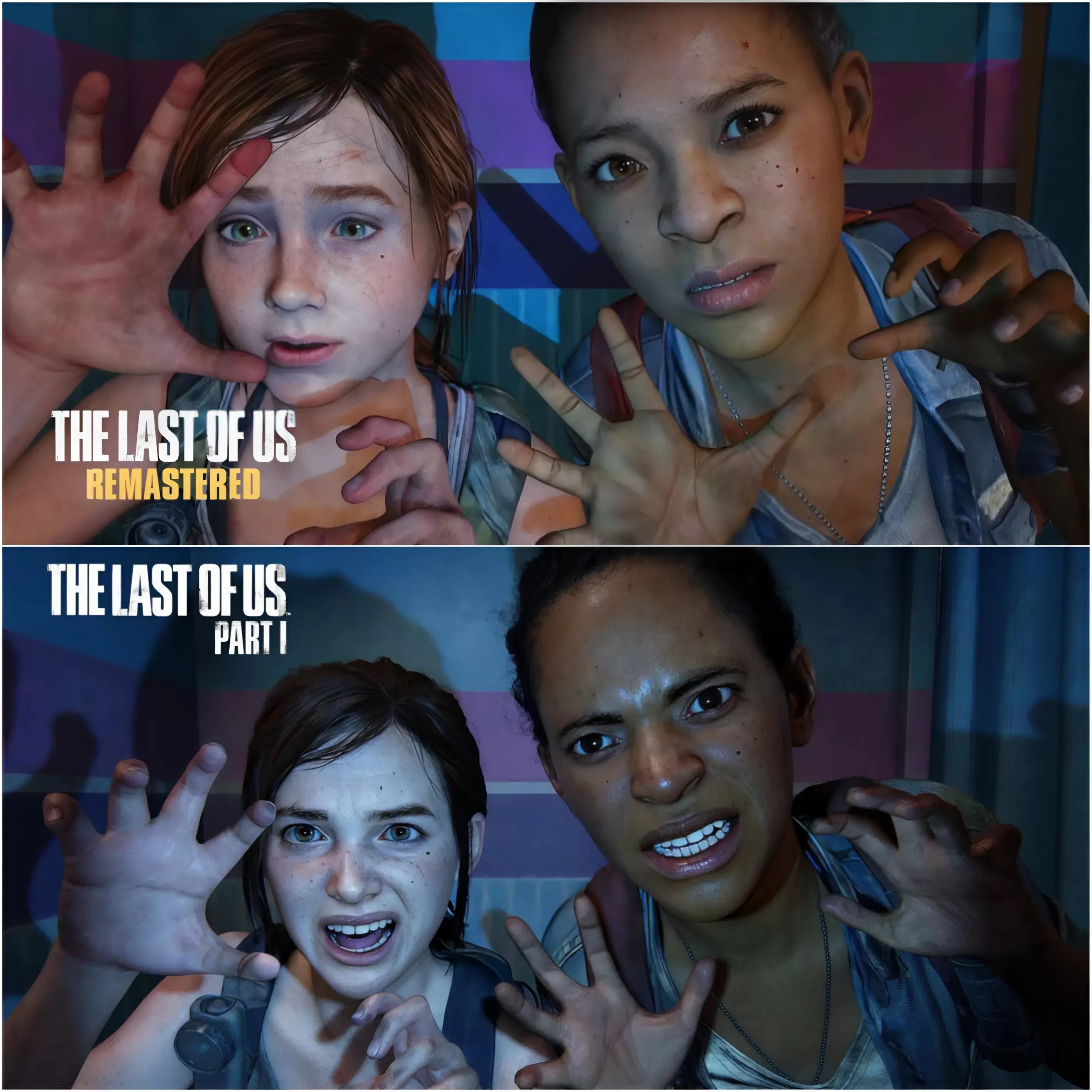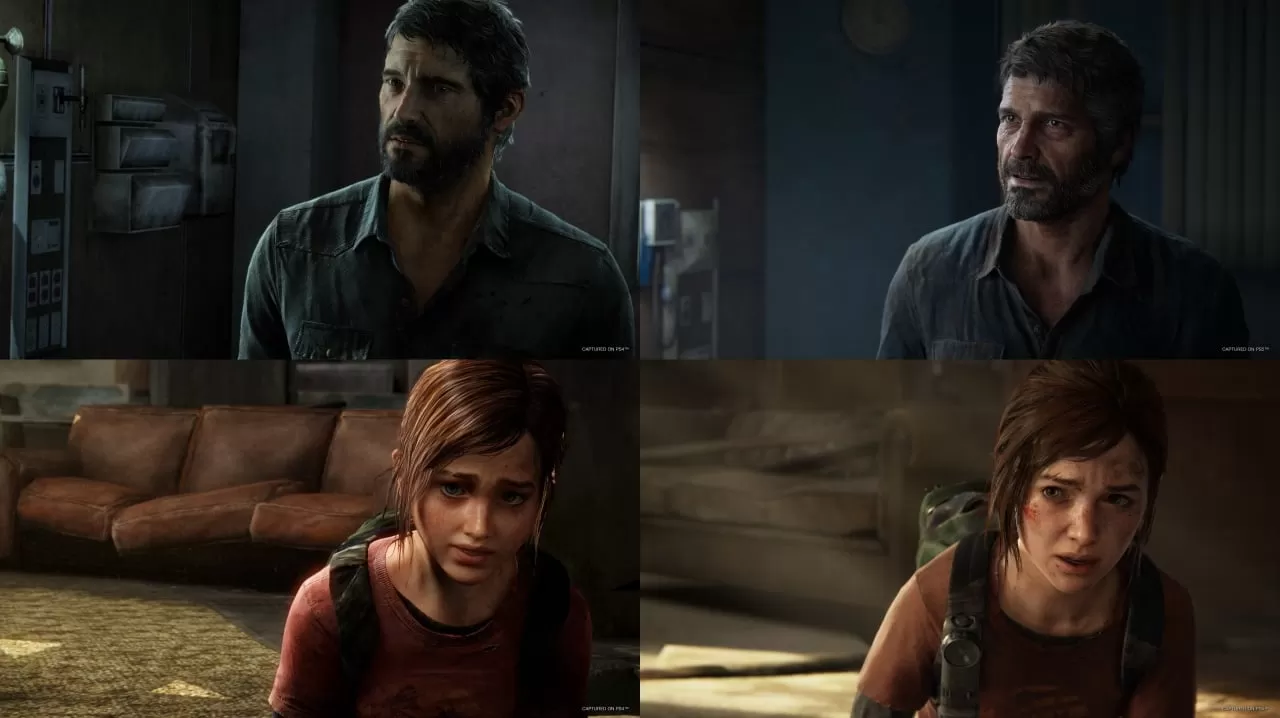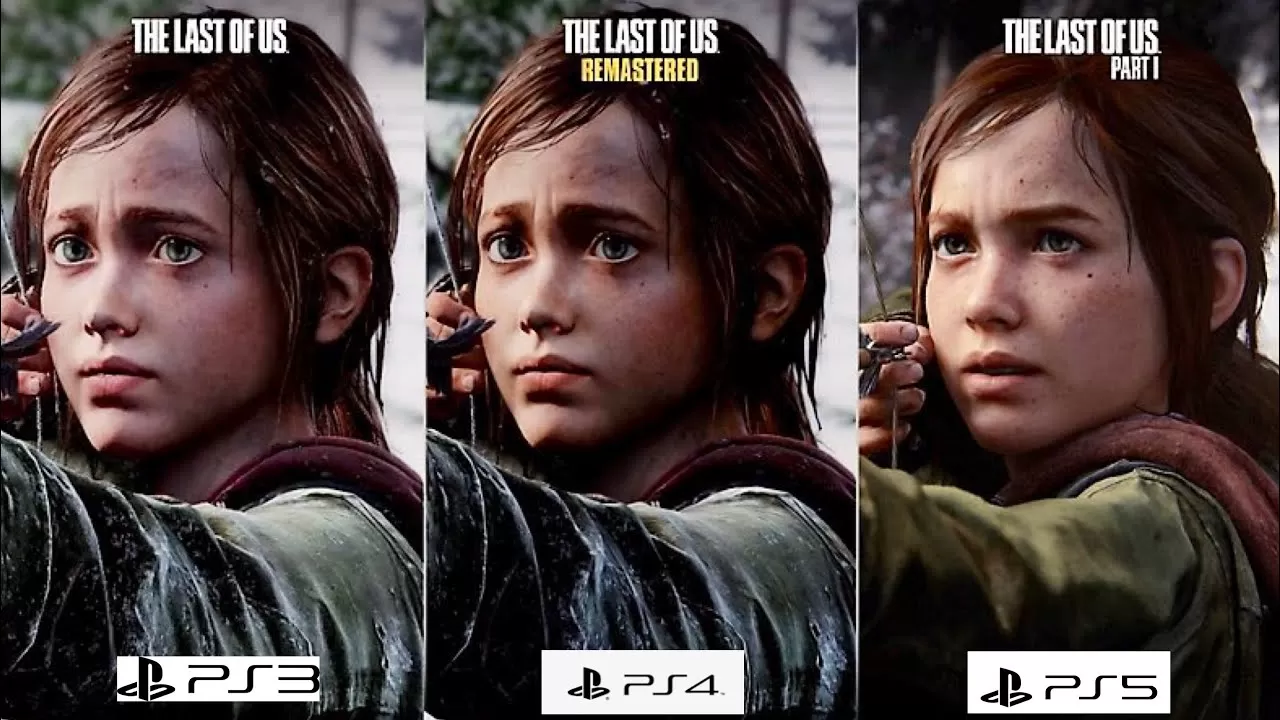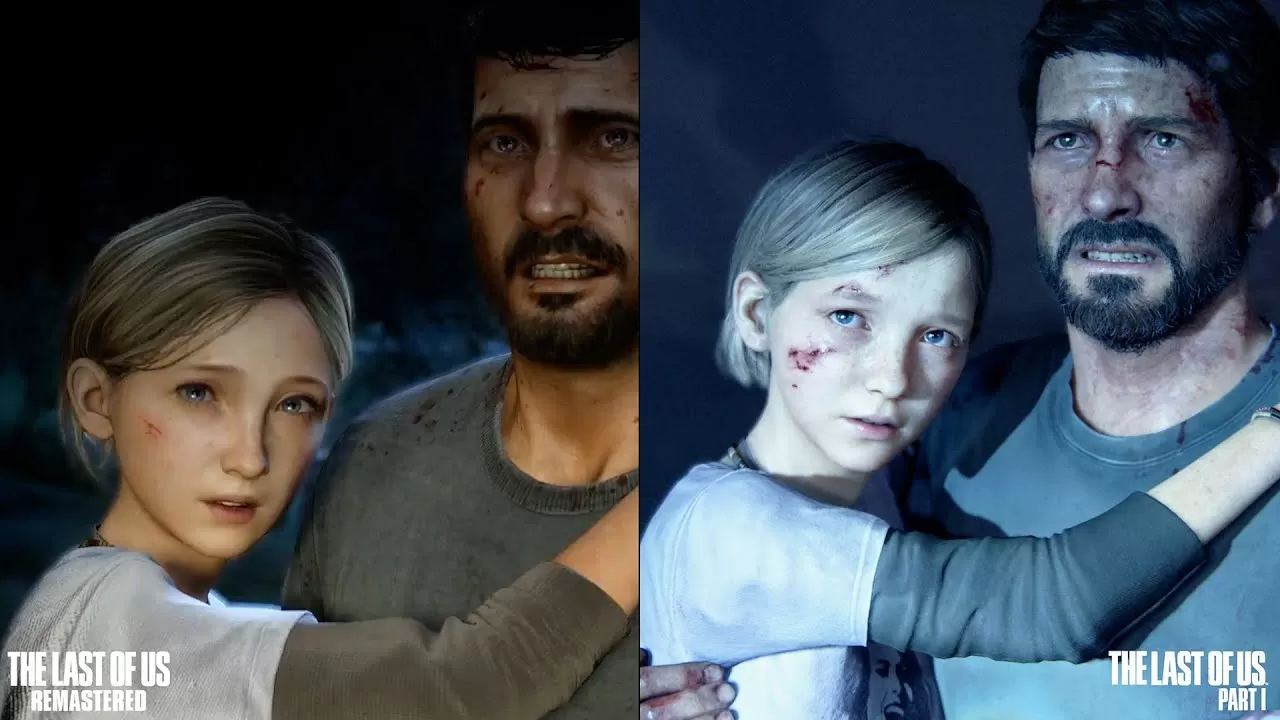When the original version did better than the Remastered version of The Last of Us
As of March 31, 2025, the gaming community is reflecting on a surprising turn of events in the legacy of The Last of Us, Naughty Dog’s critically acclaimed post-apocalyptic masterpiece. While The Last of Us Part I—a full remake of the 2013 original—released in September 2022 for PS5 and later for PC in March 2023, it has sparked a heated debate among fans and critics. Despite its technical advancements, many argue that the original PS3 version, and even its 2014 PS4 remaster (The Last of Us Remastered), outshines the remake in key areas. From storytelling impact to emotional resonance, the consensus is growing: the original The Last of Us did better than its remastered counterpart, leaving fans nostalgic for the raw magic of the 2013 classic.

The Last of Us Part I was marketed as the definitive way to experience Joel and Ellie’s journey, boasting a complete visual overhaul, improved character models, and gameplay mechanics borrowed from The Last of Us Part II. Naughty Dog promised a remake built from the ground up, with enhanced lighting, 4K resolution, and faster load times on PS5. The PC version, however, launched to mixed reviews, plagued by optimization issues like shader compilation stutters and crashes, which soured its initial reception. Even after patches, the remake’s high system requirements—demanding at least an RTX 3060 for 60 FPS at 1440p—left many PC players frustrated. While the PS5 version fared better, earning praise for its visuals and DualSense haptic feedback, it couldn’t escape comparisons to the original, which many felt captured the story’s essence more effectively.

One of the biggest criticisms of Part I centers on its emotional delivery. The original The Last of Us, released on PS3 in 2013, was a technical marvel for its time, but its true strength lay in its raw, unpolished authenticity. The facial animations, though limited by 2013 hardware, conveyed a haunting vulnerability in Ellie (voiced by Ashley Johnson) and a grizzled weariness in Joel (Troy Baker). Fans on forums like Reddit have noted that the remake’s hyper-realistic character models, while technically impressive, sometimes feel “too polished,” stripping away the gritty charm of the original performances. A viral side-by-side comparison on X showed Ellie’s terrified expression during a clicker encounter: the PS3 version’s pixelated fear felt more visceral than the remake’s smoother, almost cinematic rendering.

Gameplay is another area where the original holds an edge for many. While Part I modernized mechanics—adding Part II’s prone movement, improved AI, and a workbench system for weapon upgrades—it also removed some of the original’s tension. The PS3 version forced players to scavenge every bullet and brick, creating a survivalist atmosphere that mirrored Joel and Ellie’s desperate struggle. In contrast, the remake’s expanded accessibility options and slightly more forgiving resource distribution, while welcome for new players, diluted the sense of dread that defined the 2013 experience. Veteran players have argued that the original’s clunkier controls and limited HUD added to its immersion, making every encounter a heart-pounding gamble.

The 2014 PS4 remaster, The Last of Us Remastered, also garners praise over Part I. Priced at $40 at launch, it offered a 60 FPS upgrade, improved textures, and the Left Behind DLC, all while preserving the original’s core experience. Part I, on the other hand, launched at $70, a price point that drew criticism given its lack of new content beyond graphical enhancements. Sales data from early 2025 shows Remastered still outperforming Part I in digital downloads on PSN, with many fans opting for the cheaper, more nostalgic option. A poll on IGN in February 2025 revealed that 62% of 10,000 respondents preferred the PS3/PS4 versions for their “untouched soul,” despite Part I’s technical superiority.
Naughty Dog has acknowledged the feedback. In a January 2025 interview with Game Informer, co-director Anthony Newman admitted that the team may have “overcorrected” in their pursuit of realism, potentially at the expense of the original’s emotional weight. The studio has since released updates for Part I, including a “Classic Mode” that reverts some animations and gameplay mechanics to their 2013 counterparts, but for many, the damage is done. Meanwhile, the HBO adaptation of The Last of Us, which aired its second season in early 2025, has driven renewed interest in the original game, with PS3 copies fetching high prices on eBay.

Ultimately, the debate underscores a broader question in gaming: can remakes ever truly recapture the magic of their originals? For The Last of Us, the answer seems to be no. The 2013 version, with its raw intensity and era-defining impact, remains the gold standard, proving that sometimes, less polish can mean more heart. As fans revisit Joel and Ellie’s journey, it’s clear the original’s legacy endures, untarnished by the passage of time—or the allure of a remaster.





